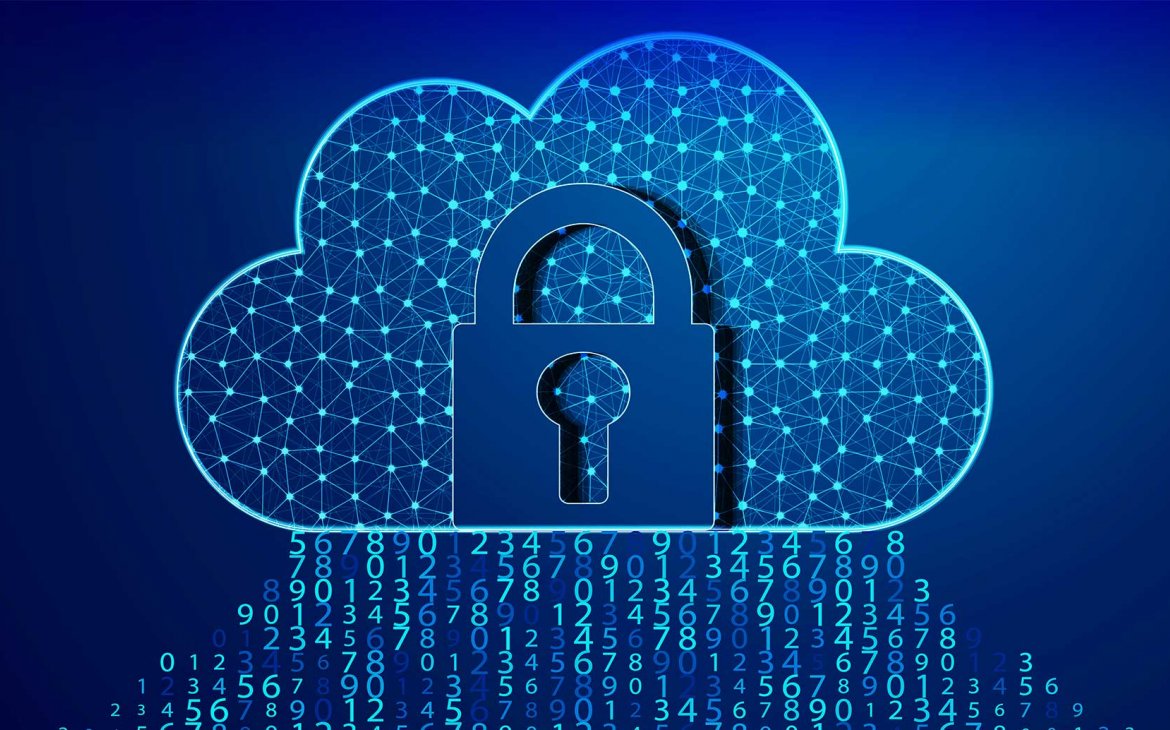Cloud computing has become a fundamental part of modern-day computing, offering many benefits to individuals and businesses. The cloud provides on-demand access to shared resources, such as data storage and computing power, allowing companies to scale quickly and reduce infrastructure costs. Yet, as with any new mechanics, many security risks are involved.
Here is a guide to adopting cloud security best practices to mitigate those risks.
Understand Your Cloud Security Responsibilities
The first step to adopting cloud security best practices is understanding your cloud service provider’s security responsibilities and your own. Cloud service providers typically offer a shared responsibility model, meaning they are responsible for the security of the cloud infrastructure.
At the same time, customers are responsible for securing their data and applications on the cloud. Understanding your security responsibilities will help you implement appropriate security measures.
Use multi-factor authentication (MFA) to protect against brute-force attacks and unauthorized access. Ensure that all employees, partners, and vendors have strong passwords and enforce a password rotation policy. Implement access control policies that allow only authorized personnel to access sensitive data and applications.
Use Strong Authentication and Access Control
The next step is to implement strong authentication and access control mechanisms. Use multi-factor authentication (MFA) to protect against brute-force attacks and unauthorized access.
Ensure all employees, partners, and vendors have solid passwords and enforce a password rotation policy. Implement access control policies that allow only authorized personnel to access sensitive data and applications.
Encrypt Sensitive Data
Encryption is one of the most productive ways to protect sensitive data in the cloud. Use encryption to protect data both in transit and at rest.
Enforce end-to-end encryption of data transmissions to prevent unauthorized access. Protect data at rest with encryption keys and make sure that only authorized personnel can access the keys.
Monitor Your Cloud Environment
Continuous monitoring is essential for detecting and responding to real-time security incidents. Make sure to use security information and event management (SIEM) solutions to collect and analyze security logs from all cloud services.
Monitor for unusual activities, such as failed login attempts, unauthorized access attempts, and data exfiltration. Ensure that all security incidents are reported and investigated promptly.
Implement Security Testing
Security testing is essential to identify vulnerabilities and weaknesses in your hybrid cloud security environment.
Conduct regular accountability assessments and penetration testing to identify potential vulnerabilities in your cloud infrastructure, applications, and data.
Use automated tools to scan your cloud environment and identify potential threats regularly.
Implement Data Backup and Recovery
Data backup and recovery are critical components of a cloud security strategy. Implement automated data backup processes to ensure that all vital data is backed up regularly.
Test your backup and recovery processes regularly to ensure that data can be recovered quickly in the event of a security occurrence or data loss.
Stay up to date with Security Patches
Cloud service providers frequently release security patches to address known vulnerabilities and weaknesses.
Ensure that all cloud services and applications have the latest security patches. Implement automated patch management processes to apply all security patches promptly.
Implement a Disaster Recovery Plan
A disaster recovery plan is essential to ensure that your business can recover quickly from a security incident or data loss.
Develop a comprehensive disaster recovery plan that outlines the steps to be taken during a security incident, including data recovery, system restoration, and communication with stakeholders.
Conclusion
Adopting cloud security best practices is critical for organizations that use cloud computing services to protect their valuable data and information from various cyber threats and attacks. This article has discussed different best practices organizations should consider when adopting cloud security. These practices include selecting a secure cloud provider, configuring security settings, implementing strong access controls, encrypting data, monitoring network traffic, and conducting regular security assessments.
It is important to keep in mind that both the company and the cloud provider share responsibilities for cloud security. Working closely with the cloud provider is essential to guarantee that all security measures are in place and working properly.
Overall, implementing these best practices will go a long way in helping organizations safeguard their data and information in the cloud, which is crucial in today’s digital landscape.

